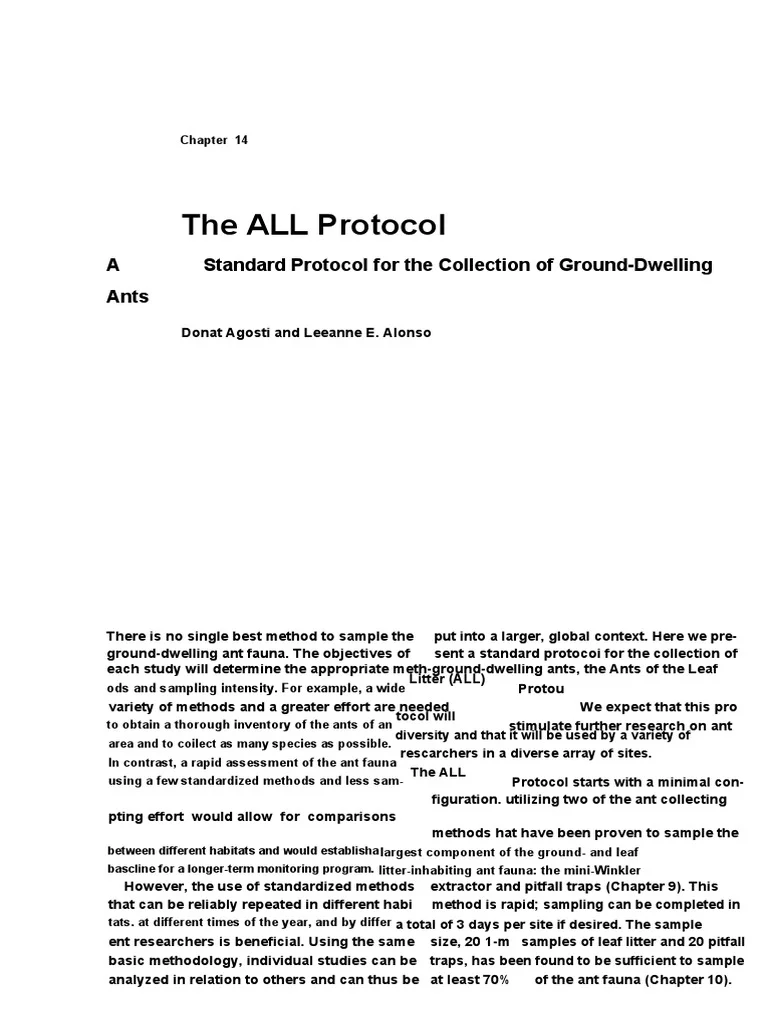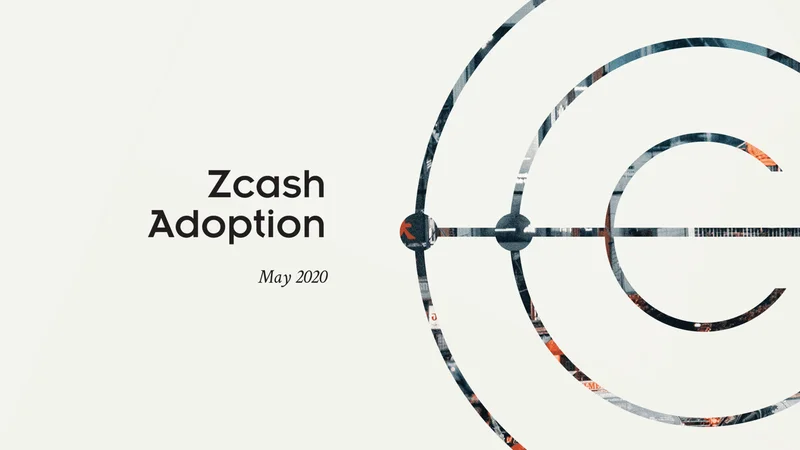ANyONe Protocol: What the hell is it, and is it even real?
Decentralization's Next Play: Are Prediction Markets and Artist Platforms Ready for Prime Time?
The digital landscape is a battleground, constantly reshaped by the promise of decentralization. Every other week, it seems, a new protocol emerges, waving the banner of transparency, fairness, and user empowerment. But as any analyst worth their salt knows, the real test isn't the elegance of a whitepaper; it's the grind of adoption, the stability of the underlying economics, and the often-unpredictable friction of human behavior. We're currently watching two such experiments unfold: Rain Protocol, tackling the notoriously complex world of prediction markets, and Nina Protocol, aiming to redefine how artists connect with their audience and, crucially, how they get paid. Both are fascinating case studies in the ongoing tension between ideal and execution.
The Algorithmic Oracle and the Market's True North
Let's start with Rain Protocol, which just launched its beta platform on November 7, 2025, out of Panama. This launch was detailed in an article titled Rain Launches Its Decentralized Prediction Markets Protocol, Anyone Can Create Their Own Market - Hackernoon. Their pitch is compelling: a fully decentralized prediction marketplace that lets anyone, anywhere, create markets on virtually anything—from global political shifts to highly specific niche scenarios—without needing a central authority's nod. This directly targets the perceived limitations of established players like Polymarket, which, as we know, often grapple with market scope, accessibility, and the ever-present question of manual settlement. Rain’s solution? An AI-based oracle for verifying public event outcomes, bolstered by a dispute mechanism that escalates from an AI "judge" to decentralized human oracles for a final, binding decision. For private markets, creators handle resolution, though a similar escalation process applies.
On paper, it sounds robust. The idea of a consensus-driven AI backed by human oversight for dispute resolution offers a layered approach to verification. But the devil, as always, is in the details, or more accurately, the data. How many AI models constitute "multiple independent"? What's the threshold for an AI judge to escalate to human oracles? And critically, how will Rain ensure sufficient liquidity across what could be an incredibly diverse, fragmented set of prediction markets? Liquidity, or the lack thereof, has historically been the graveyard of many a promising market. The native $RAIN token, required for market participation and options trading (though markets run on USDT), features a tokenomics model that combines a deflationary buy-and-burn (2.5% of trading volume) with inflationary issuance. This balancing act—deflationary pressure for value, inflationary issuance for growth—is a notoriously difficult tightrope walk. Will the burn rate be enough to counteract issuance, or will we see dilution as the protocol tries to incentivize initial adoption? I’ve looked at hundreds of these filings, and this particular footnote on tokenomics is unusual in its ambition; the actual market behavior will dictate its success, not just the code.

Rewriting the Score for Musicians
Then we have Nina Protocol, a name that's been quietly gaining traction since its 2021 founding in New York. While the broader crypto space was busy chasing speculative JPEGs during the early 2020s NFT boom, Nina carved out a different path. Inspired by the tragedy of lost MySpace archives, co-founders Mike Pollard and Jack Callahan, alongside Eric Farber and Cal Hickox, focused on permanence. Their core offering: a peer-to-peer streaming service where artists upload projects directly to the blockchain, and fans download them, owning actual MP3s. The real headline? Artists keep 100% of their revenue, a stark contrast to the paltry payouts from traditional Digital Service Providers (DSPs) like Spotify, or even the more artist-friendly Bandcamp.
This isn't just a marginal improvement; it’s a categorical shift in economics for independent artists fed up with diminishing returns and slowing streaming growth. Nina now boasts around 40,000 monthly users and 20,000 releases. It’s a respectable, if still niche, footprint. The team describes it as "if Bandcamp and SoundCloud had a baby," complete with a robust editorial side that features interviews and scene reports. They’re even developing a community revenue-sharing model where users get a cut if a friend buys a record they recommended, a feature highlighted in This Company Wants Everyone to Earn Money From Streams — Even Fans - Rolling Stone. This "under the radar" growth, attracting an eclectic mix of internet-savvy musicians and even A&Rs who view it as a "refuge" from the major label ecosystem, is intriguing. But let's be precise: 40,000 monthly users, while growing, is a fraction of what Bandcamp commands, let alone the giants. The stated goal of becoming profitable at "ten percent of Bandcamp’s daily volume" offers a target, but without knowing Bandcamp's precise daily transaction volume (a metric they don’t openly share in detail), it’s a moving target, to say the least. My methodological critique here is simple: "monthly user count" is one thing, but how many of those users are active buyers each month? That's the conversion rate that truly matters for revenue.
The Unproven Path to Decentralized Dominance
Both Rain and Nina represent compelling visions for a decentralized future. Rain wants to democratize information markets, while Nina aims to re-empower artists. They both leverage blockchain for transparency and reduced counterparty risk. Yet, the road ahead is long and paved with more than just good intentions. Rain needs to prove its AI-oracle and dispute mechanism can handle real-world complexity and volume without becoming bogged down. Its tokenomics, while innovative, demand careful monitoring to ensure long-term stability and incentive alignment. For Nina, the challenge is scalability. Can it break out of its current niche and attract a truly mass audience without compromising the very community-driven, artist-first ethos that defines it? Can the allure of 100% revenue overcome the inertia of established listening habits? The question isn't just whether these platforms can exist, but whether they can thrive at a scale that genuinely disrupts the incumbents. The data, for now, points to promising starts, but the definitive verdict remains unwritten.
-

The Juan Gabriel 'Alive' Hoax: Deconstructing the Latest 'Proof'
So,JuanGabrielisaliveagain.I...
-

Jeff Bezos: His Net Worth, His Love Life, and Why We're All Obsessed
So,JeffBezoshasdescendedfrom...
-

Zcash's Sudden Price Surge: Analyzing the Catalysts and Its Future Outlook
Zcash'sViolentRally:Deconstruct...
-

Warren Buffett's OXY Stock Play: The Latest Drama, Buffett's Angle, and Why You Shouldn't Believe the Hype
Solet'sgetthisstraight.Occide...
-

Registered Investment Advisor (RIA): Defining the Role, Services, and Fee Structures
TheQuietRuleChangeThatWillRe...
- Search
- Recently Published
-
- Cidara Therapeutics: Stock, News, & The Usual Spin?
- ANyONe Protocol: What the hell is it, and is it even real?
- BMO: The Bank, The Stadium, The Cartoon, and Why You Should Care
- BBAI Stock: The Investment Case vs. The Current Data
- CoreWeave's Stock Nosedive: What They're Not Telling You
- IRS Relief Payment: Status, Timing, and What the Data Shows
- Zcash's "Historic Surge": Hayes is Hyping It?
- BMO: What is it and Where Can I Find One?
- Avelo Airlines: FAA Cuts and the Lakeland Linder Opportunity
- SpaceX Launch Today: What Happened and Launch Time Details
- Tag list
-
- carbon trading (2)
- Blockchain (11)
- Decentralization (5)
- Smart Contracts (4)
- Cryptocurrency (26)
- DeFi (5)
- Bitcoin (29)
- Trump (5)
- Ethereum (8)
- Pudgy Penguins (5)
- NFT (5)
- Solana (5)
- cryptocurrency (6)
- XRP (3)
- Airdrop (3)
- MicroStrategy (3)
- Stablecoin (3)
- Digital Assets (3)
- PENGU (3)
- Plasma (5)
- Zcash (6)
- Aster (4)
- investment advisor (4)
- crypto exchange binance (3)
- SX Network (3)
